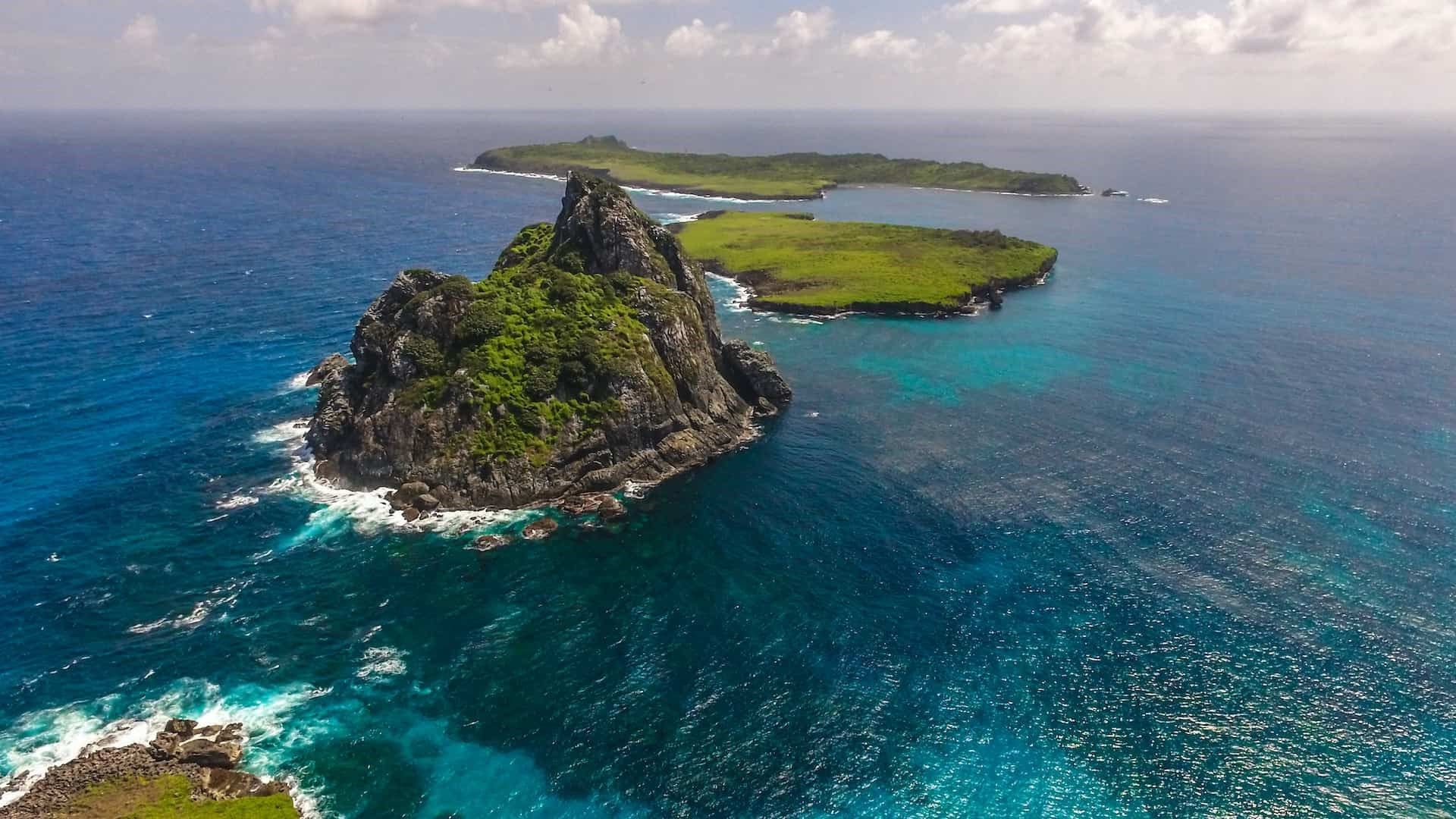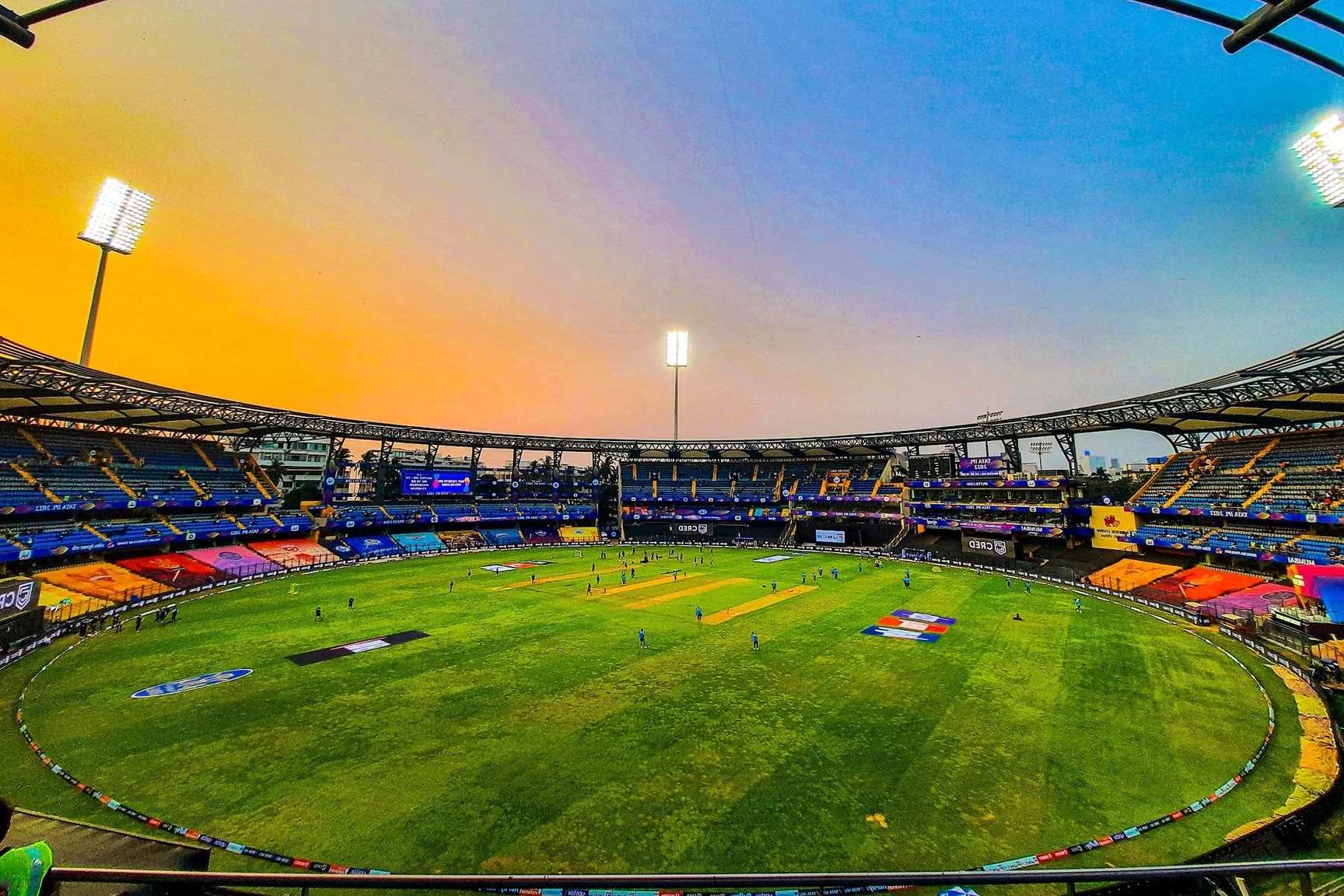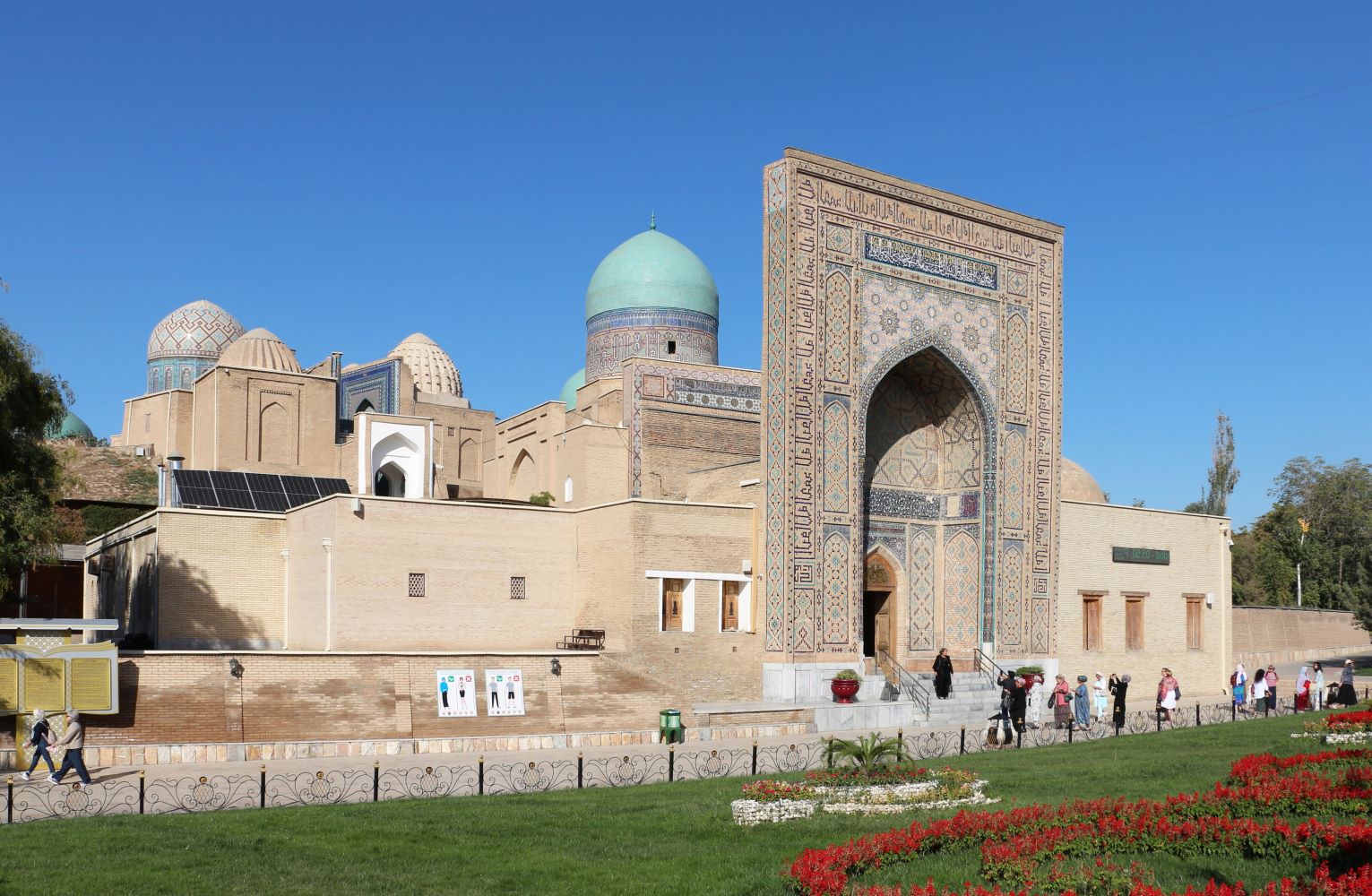
Ever heard of the Fernando de Noronha Archipelago? This stunning group of islands off Brazil's coast is a paradise waiting to be explored. With crystal-clear waters, vibrant marine life, and breathtaking landscapes, it's a dream destination for nature lovers and adventure seekers alike. But what makes Fernando de Noronha so special? From its unique history to its incredible biodiversity, there's so much to learn about this hidden gem. Whether you're planning a trip or just curious, these 24 facts will give you a deeper appreciation for this tropical wonder. Ready to dive in? Let's uncover the secrets of Fernando de Noronha!
Location and Geography
Fernando de Noronha is a stunning archipelago located in the Atlantic Ocean. It is known for its breathtaking landscapes, rich biodiversity, and crystal-clear waters.
- The archipelago is situated about 354 kilometers (220 miles) off the coast of Brazil.
- It consists of 21 islands and islets, covering a total area of 26 square kilometers (10 square miles).
- The main island, also called Fernando de Noronha, is the largest, spanning 18.4 square kilometers (7.1 square miles).
History and Discovery
The history of Fernando de Noronha is as fascinating as its natural beauty. From early explorers to modern-day conservation efforts, the archipelago has a rich past.
- Portuguese explorer Amerigo Vespucci discovered the islands in 1503.
- The archipelago was named after a Portuguese nobleman, Fernão de Loronha, who financed the expedition.
- Throughout history, the islands have been occupied by the Dutch, French, and Portuguese.
Unique Ecosystem
Fernando de Noronha boasts a unique ecosystem that supports a wide variety of flora and fauna. Its isolation has allowed many species to thrive.
- The archipelago is home to the largest concentration of tropical seabirds in the Western Atlantic.
- It hosts several endemic species, including the Noronha skink and the Noronha vireo.
- The waters around the islands are teeming with marine life, including dolphins, sharks, and sea turtles.
Marine Life and Diving
The underwater world of Fernando de Noronha is a paradise for divers and marine enthusiasts. Its clear waters offer incredible visibility and vibrant marine life.
- The archipelago is one of the best diving spots in the world, with visibility often exceeding 50 meters (164 feet).
- Divers can explore over 30 dive sites, including shipwrecks, caves, and coral reefs.
- The waters are home to spinner dolphins, which can often be seen performing acrobatic displays.
Conservation Efforts
Efforts to preserve the natural beauty and biodiversity of Fernando de Noronha are ongoing. These initiatives aim to protect the environment and ensure sustainable tourism.
- In 1988, Fernando de Noronha was declared a Marine National Park to protect its unique ecosystem.
- The archipelago was designated a UNESCO World Heritage Site in 2001.
- Strict regulations limit the number of visitors to the islands to minimize environmental impact.
Tourism and Activities
Fernando de Noronha offers a range of activities for visitors, from relaxing on pristine beaches to exploring its rich marine life.
- Baía do Sancho, one of the beaches on the main island, has been repeatedly voted the best beach in the world.
- Visitors can hike the many trails that offer stunning views of the islands and the ocean.
- Snorkeling is a popular activity, with many spots offering close encounters with marine life.
Cultural Significance
The archipelago also holds cultural significance, with a blend of indigenous, Portuguese, and other influences.
- The island's architecture reflects its colonial past, with many buildings dating back to the 18th century.
- Local cuisine features a mix of Brazilian and Portuguese flavors, with seafood being a staple.
- Festivals and events celebrate the island's history and culture, attracting visitors from around the world.
Climate and Best Time to Visit
Understanding the climate of Fernando de Noronha can help plan the perfect trip. The islands enjoy a tropical climate, making it a year-round destination.
- The dry season runs from August to February, offering the best conditions for outdoor activities.
- The rainy season, from March to July, brings lush greenery and fewer tourists.
- Average temperatures range from 24°C to 30°C (75°F to 86°F), ensuring warm weather throughout the year.
The Magic of Fernando De Noronha
Fernando De Noronha is a gem in the Atlantic Ocean. This archipelago, with its stunning beaches, rich marine life, and unique ecosystems, offers an unforgettable experience. From swimming with dolphins to exploring underwater caves, every moment here feels like a dream. The island's history, from its discovery to its role in World War II, adds layers of intrigue. Conservation efforts ensure that its natural beauty remains untouched for future generations. Whether you're an adventure seeker, a history buff, or someone looking to relax, Fernando De Noronha has something for everyone. Its blend of natural wonders and historical significance makes it a must-visit destination. So, pack your bags and get ready to explore this paradise. The magic of Fernando De Noronha awaits you!
Was this page helpful?
Our commitment to delivering trustworthy and engaging content is at the heart of what we do. Each fact on our site is contributed by real users like you, bringing a wealth of diverse insights and information. To ensure the highest standards of accuracy and reliability, our dedicated editors meticulously review each submission. This process guarantees that the facts we share are not only fascinating but also credible. Trust in our commitment to quality and authenticity as you explore and learn with us.


